Name Neil Sloane Role Mathematician | ||
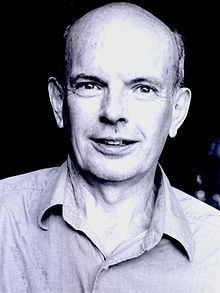 | ||
Institutions Cornell UniversityAT&T Bell LaboratoriesAT&T Labs Alma mater University of MelbourneCornell University Known for Sphere Packing, Lattices and Groups (with J. H. Conway), The Theory of Error-Correcting Codes (with F. J. MacWilliams), and the On-Line Encyclopedia of Integer Sequences Notable awards Books The encyclopedia of integer, A handbook of integer, Self‑Dual Codes and Invariant, Short Course on Error Corr, Introduction to Global Variation Similar People Jessie MacWilliams, John Horton Conway, Simon Plouffe, Gabriele Nebe, Claude Shannon Profiles | ||
Terrific Toothpick Patterns - Numberphile
Neil James Alexander Sloane (born October 10, 1939) is a British-American mathematician. His major contributions are in the fields of combinatorics, error-correcting codes, and sphere packing. Sloane is best known for being the creator and maintainer of the On-Line Encyclopedia of Integer Sequences.
Contents
- Terrific Toothpick Patterns Numberphile
- Primes on the Moon Lunar Arithmetic Numberphile
- Biography
- Selected publications
- References
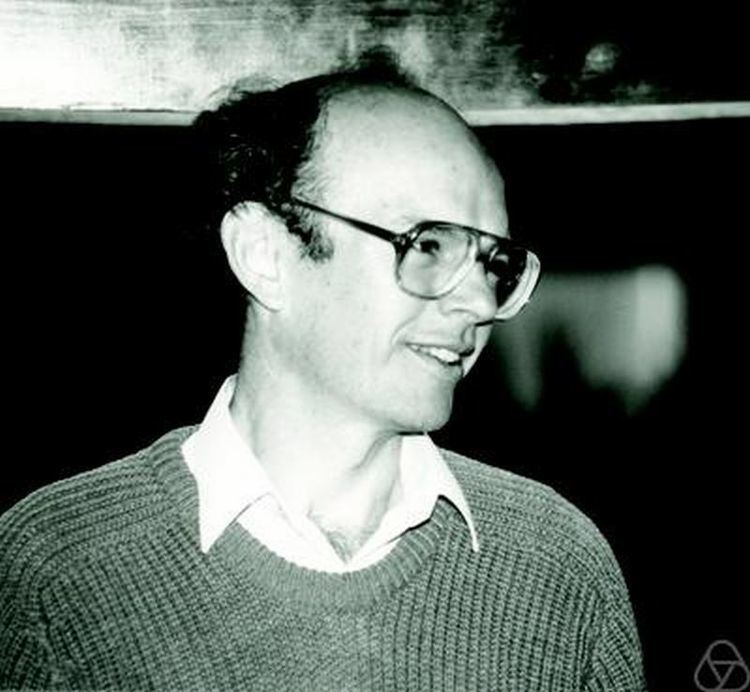
Primes on the Moon (Lunar Arithmetic) - Numberphile
Biography
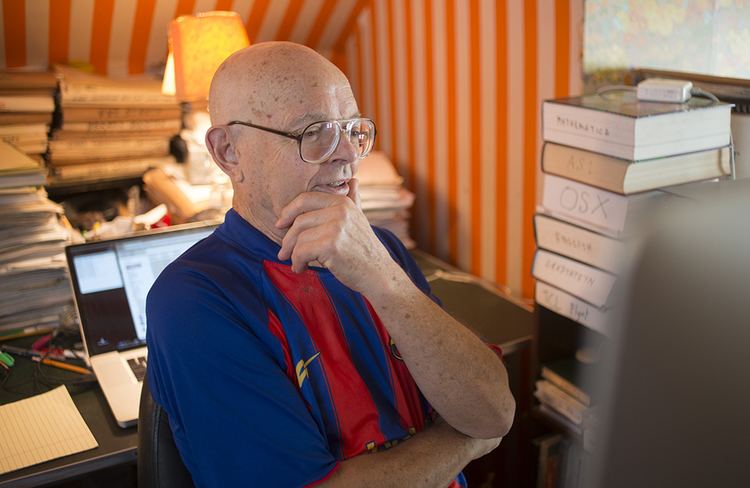
Sloane was born in Wales and brought up in Australia.
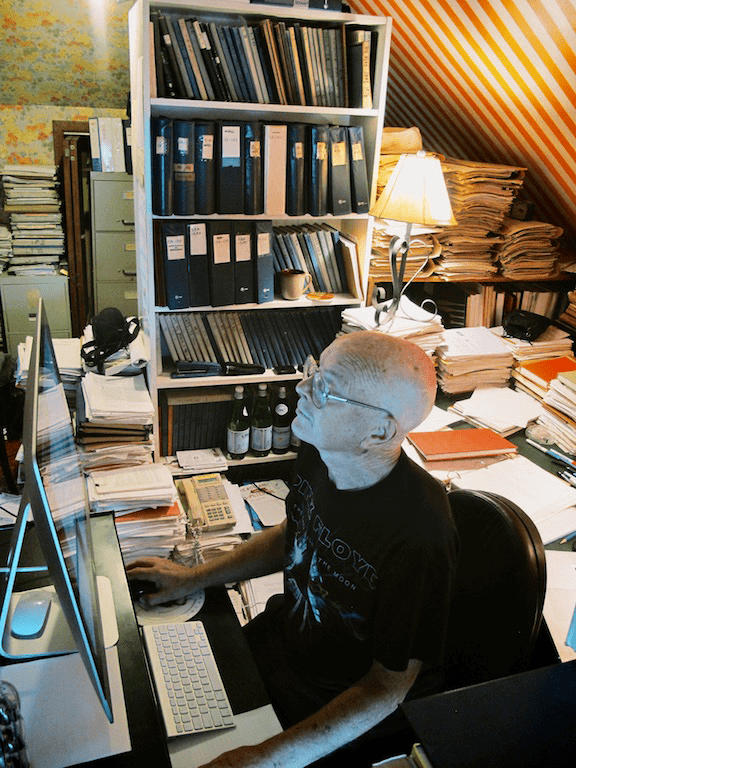
He studied at Cornell University, New York state, under Nick DeClaris, Frank Rosenblatt, Frederick Jelinek and Wolfgang Heinrich Johannes Fuchs, receiving his Ph.D. in 1967. His doctoral dissertation was titled Lengths of Cycle Times in Random Neural Networks. Sloane joined AT&T Bell Labs in 1968 and retired from AT&T Labs in 2012. He became an AT&T Fellow in 1998. He is also a Fellow of the Learned Society of Wales, an IEEE Fellow, a Fellow of the American Mathematical Society, and a member of the National Academy of Engineering.
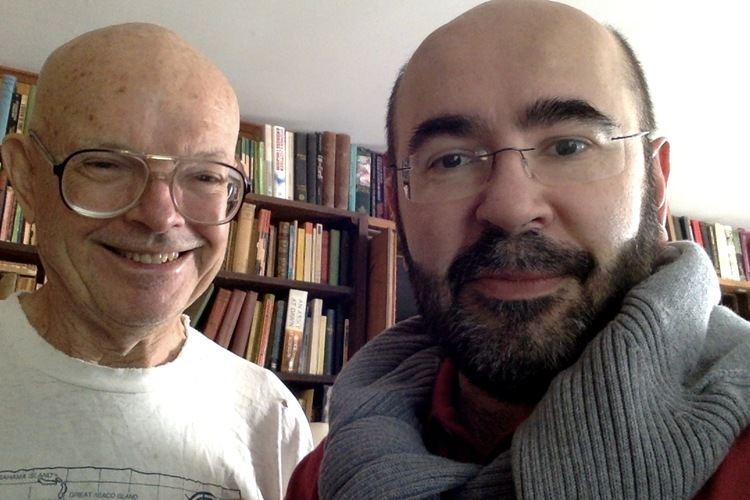
He is a winner of a Lester R. Ford Award in 1978 and the Chauvenet Prize in 1979. In 2005 Sloane received the IEEE Richard W. Hamming Medal. In 2008 he received the Mathematical Association of America David P. Robbins award.
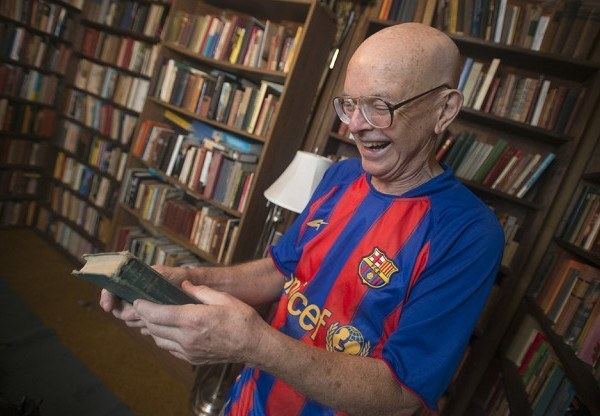
In 2014, to celebrate his 75th birthday, Neil Sloane shared some of his favorite integer sequences.
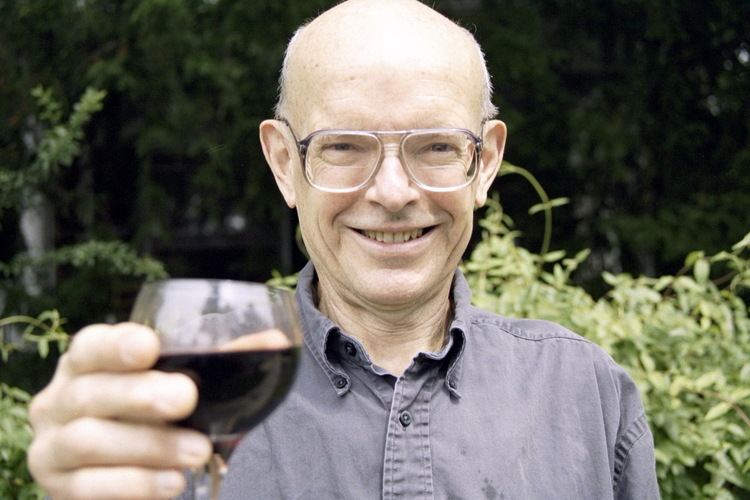
Besides mathematics, he loves rock climbing and has authored two rock-climbing guides to New Jersey.
